Demonetisation anniversary: Digital payments see a big boost, but general awareness still missing
Wed 08 Nov 2017, 20:43:40
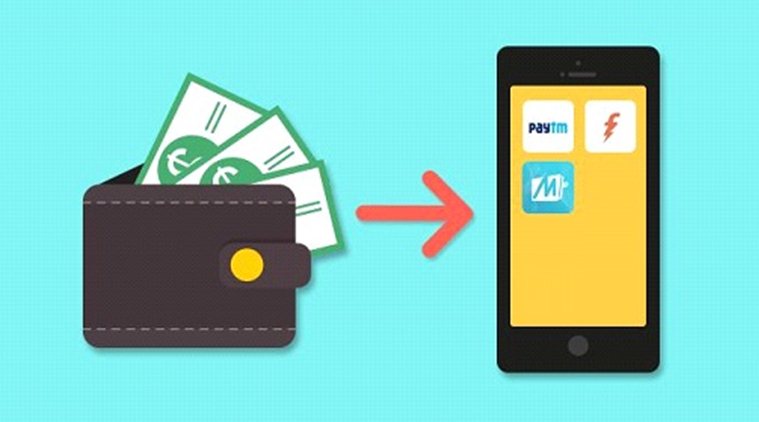
It was exactly a year ago, on November 8, when PM Narendra Modi made the announcement to put a ban on old currency notes. The move was projected to curb black money and push India on the cashless economy map. With nearly 80 percent cash out of the system, digital payment modes instantly saw a sharp spike. Now, a year later, we take a look at how things have changed post demonetization.
Rise in digital payment volume and value
Mobile wallets such as Mobikwik, Paytm and Freecharge among others, have existed for a couple of years now, but the adoption saw a big boost only after demonetization. And it’s not just about mobile wallets, Unified Payments Interface (UPI), bank to bank transfers, credit and debit card usage also saw a big jump in adoption. What’s more, according to the government, the number of tax payers have also increased.
Maharashtra CM Devendra Fadnavis tweeted about the numbers giving an idea of how things shaped over the year. Talking about mobile wallets, the transaction value rose by 58 percent, from Rs 3,074 crores in August 2016 to Rs 7,262 crores in August 2017. There was also a rise in transaction volume by 69 percent, up from Rs 7.07 crore in August 2016 to Rs 22.54 crore in August 2017. ALSO READ: Paytm Payments Bank: Features, interest, fees and all you need to know
Debit card based transactions have also seen a rise of 48 percent in terms of transaction value, up from Rs 18,370 crore in August 2016, to Rs 35,413 crore in August 2017. In term of transaction volume, there has been a rise of 50 percent, up from Rs 13.05 crore in August 2016 to Rs 26.55 crore in August 2017. Also, the number of digital transactions have rose by 58 percent, up from 87 crore in August 2016, to 138 crore in August 2017. In the past one year, 13 lakh PoS machines have been added, compared to the 15 lakh ones that already exist.
Adoption of online payment modes
CashKaro.com, the cashback and coupon website recently surveyed over 2,000 people to analyze the demonetization impact after a year. The survey revealed that over 48 percent respondents switched from CoD (cash on delivery) method to prepaid orders. Out of these, 54 percent people make payments using credit or debit cards, 30 percent people pay using mobile wallets, whereas six percent people prefer netbanking. ALSO READ: ‘Pay with Google’ launched to make digital payments more convenient
Demonetization and GST Impact
Khushroo Panthaky, director at Grant Thornton Advisory explained the impact of demonetization and how the year been with digital transactions. “Post demonetization, a lot of hardships have been faced by people as 86 percent of high denomination cash currency was instantly withdrawn out of the system. But now the money has been replenished in the system. In
eight months after demonetization, GST was implemented, which created a double impact. But these are all long-term reforms, and everyone will be impacted in the short run,” Panthaky.
eight months after demonetization, GST was implemented, which created a double impact. But these are all long-term reforms, and everyone will be impacted in the short run,” Panthaky.
Sure, GST is a great reform as it brings one tax in the entire nation, but as two significant reforms took place in a short span of time, the economy has seen a bit of slowdown. Demonetization and GST were bold steps with an intention of bringing the positivity, but as said before, it will happen over a long period of time. ALSO READ: India cannot lag behind in digital currency era: Narendra Modi
Digital transactions saw a boost, but penetration?
The initial few months after demonetization did see a rise in digital transactions, but that was mostly in cities where people have smartphones, laptops, credit and debit cards, and an access to internet banking. However, the overall penetration is still low, and only “25 percent digitization has been achieved” Panthaky said. Now that cash is back, people have resort to making small time payments in cash, and that needs to change. ALSO READ: Demonetisation anniversary: How one major announcement a year ago altered my life
Also, around 65 percent people in India stay in rural areas, and that is exactly where the penetration of digital payments has to increase. For this, “the government has to create a level of awareness and generate confidence in people about the safety, security and benefits of digital payments” Panthaky added. Besides awareness, people in rural areas also need to have smartphones to make cashless payments. Even the shopkeepers need to have the required infrastructure to accept digital payments, and they need to know the benefits of digital payments over cash. ALSO READ: Year after note ban: Online transactions on the rise, but cash is still the king
Future of fintech companies
In the past couple of months, there has been a slight drop in digital payments, but there is no reason for fintech companies to worry. The introduction of Payments Banks is likely to offer a big boost to these companies. Unlike typical banks, a Payments Bank offers a number of advantages. There are no restrictions on minimum account balance maintenance, the maximum amount of money one can have in a payments bank account is capped at Rs 100,000. ALSO READ: Digital technology key to fighting poverty: India
You also get a virtual and physical debit card that can be used to withdraw cash from ATMs or shop at retailers. Also, most payments bank don’t charge you for online funds transfer. Considering the above, payments banks have a lot of benefits to offer to its customers. These companies need to tap into the right customers, especially in the rural areas. This will not only help them increase user base, but also create awareness and benefits of digital payment modes.
No Comments For This Post, Be first to write a Comment.
Most viewed from National
Most viewed from World
AIMIM News
Latest Urdu News
Most Viewed
May 26, 2020
Where should be the burial of the pilgrims martyred in the Saudi Arabia bus accident?
Latest Videos View All
Like Us
Home
About Us
Advertise With Us
All Polls
Epaper Archives
Privacy Policy
Contact Us
Download Etemaad App
© 2025 Etemaad Daily News, All Rights Reserved.

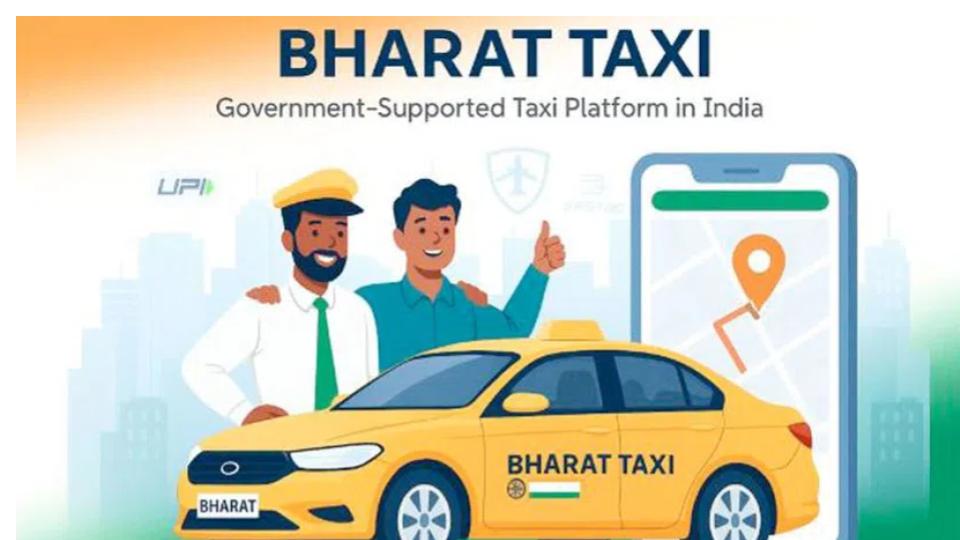



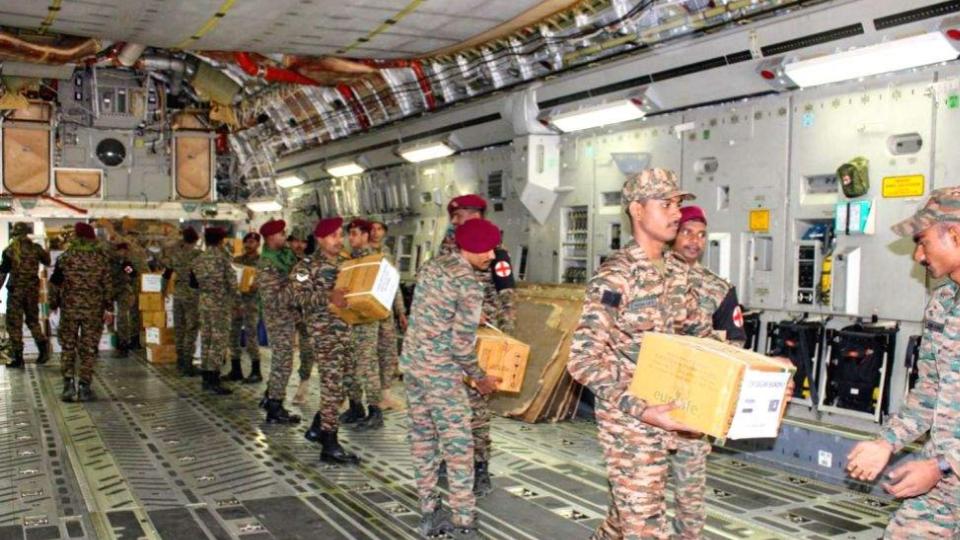
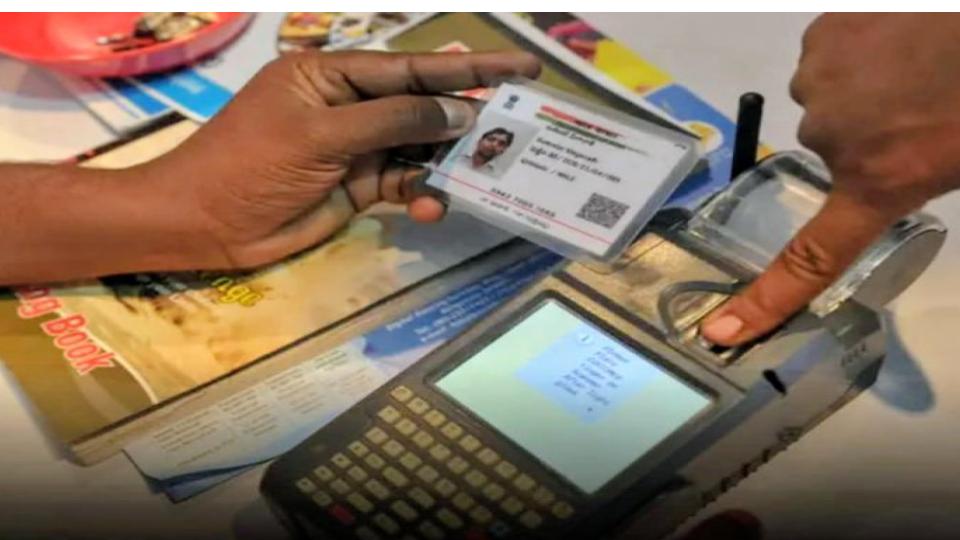
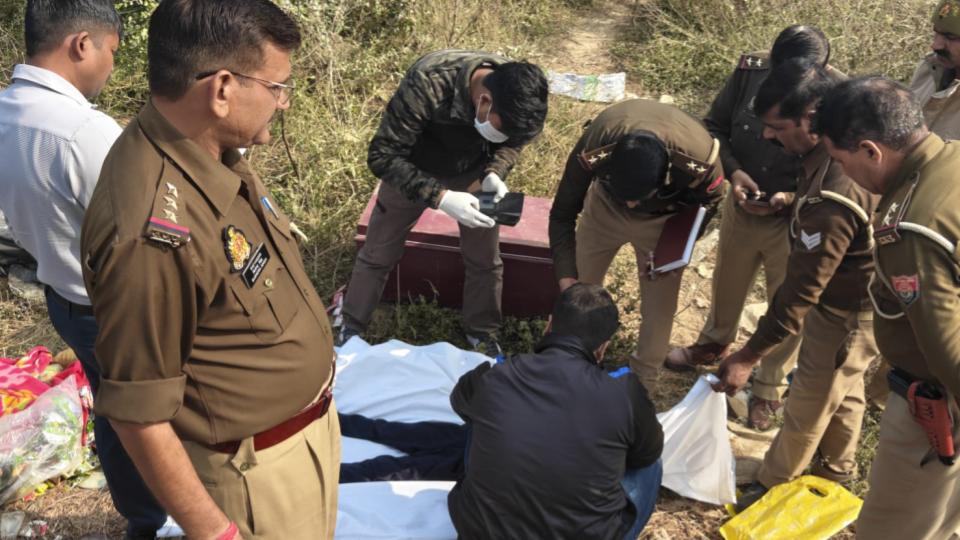

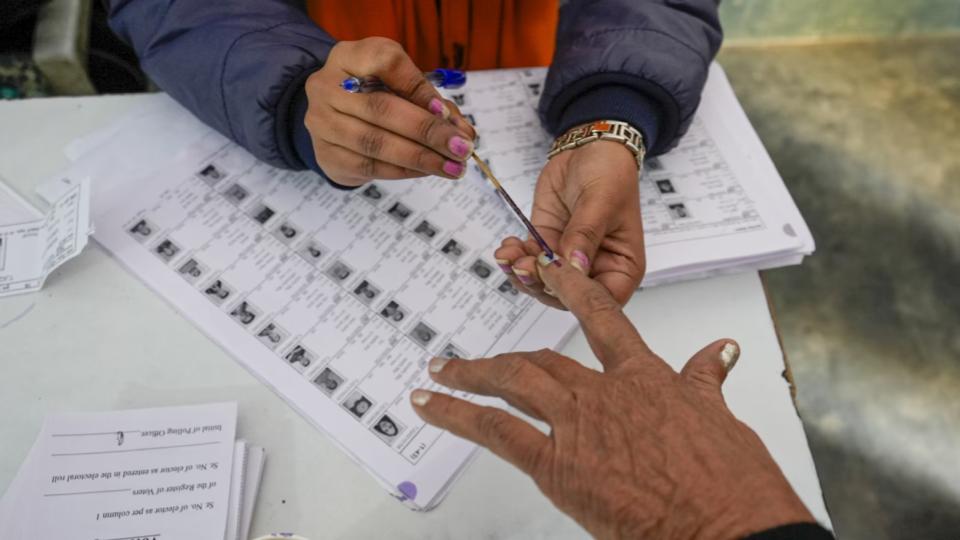
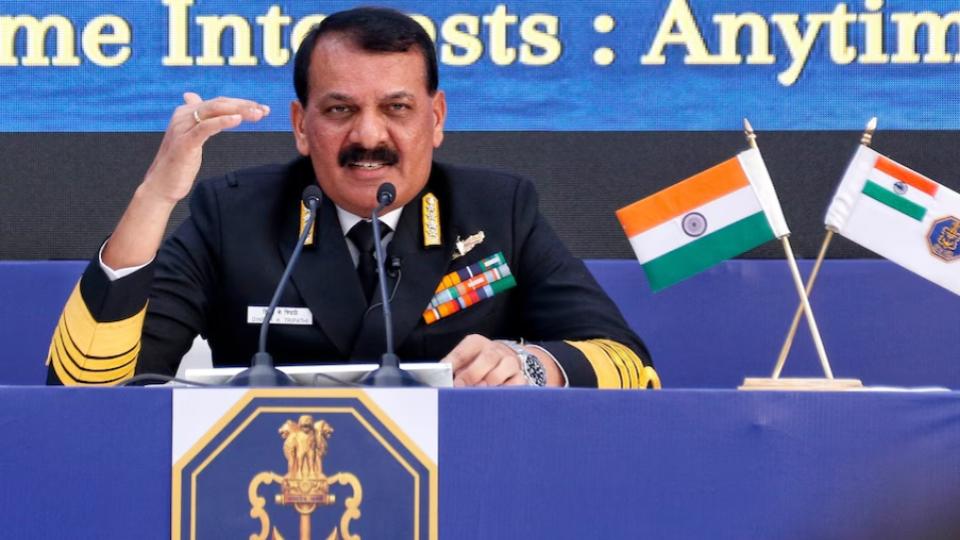
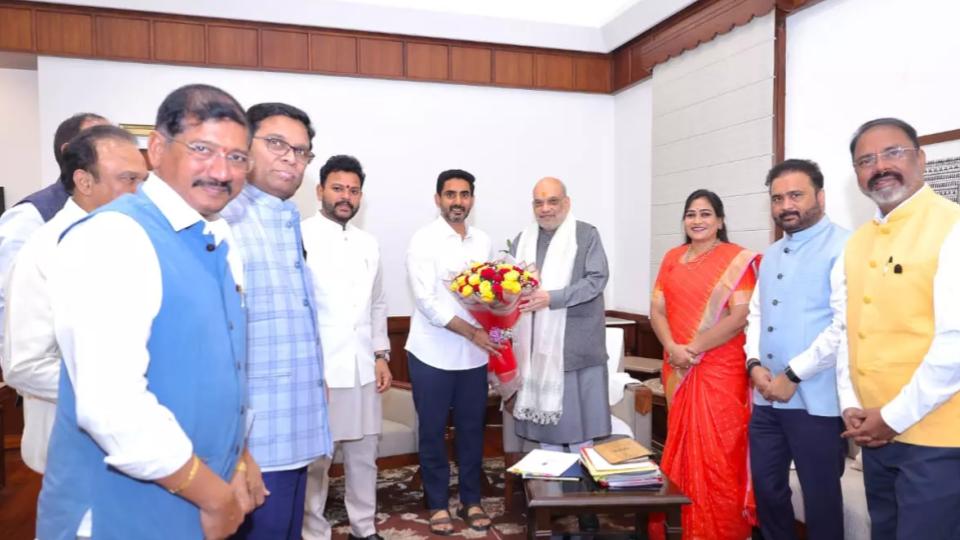
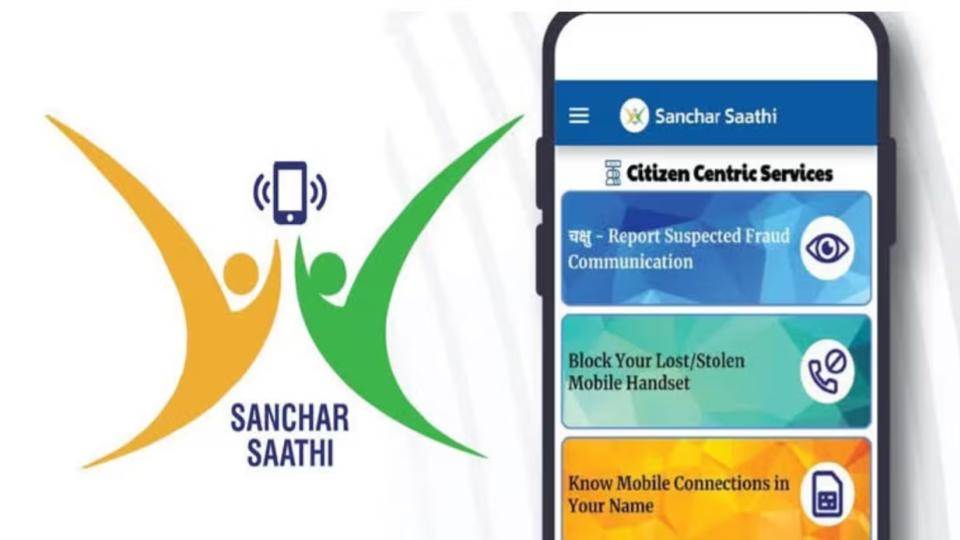
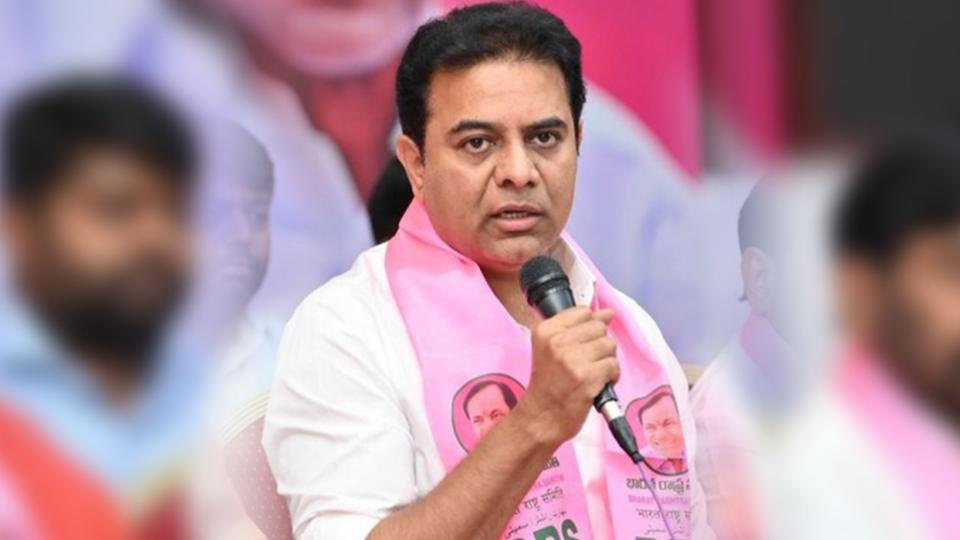

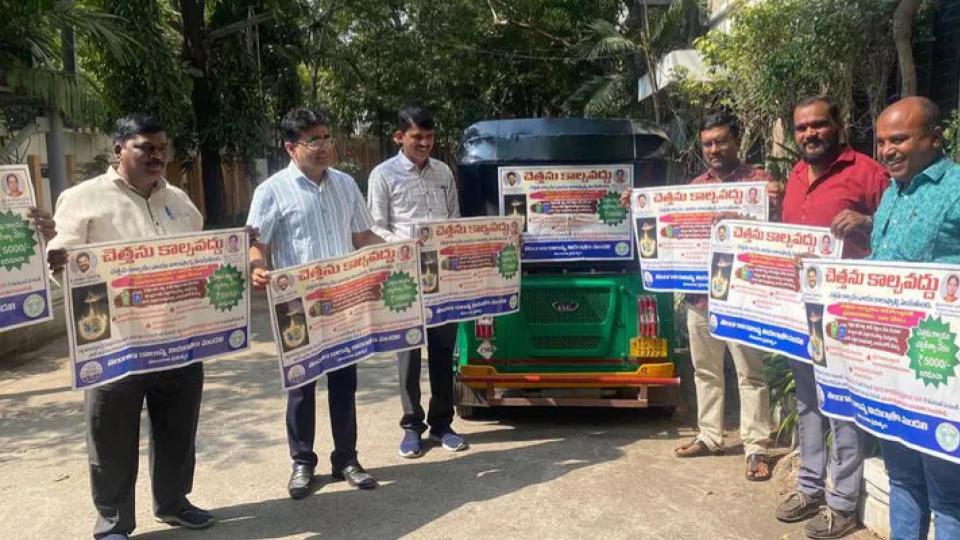


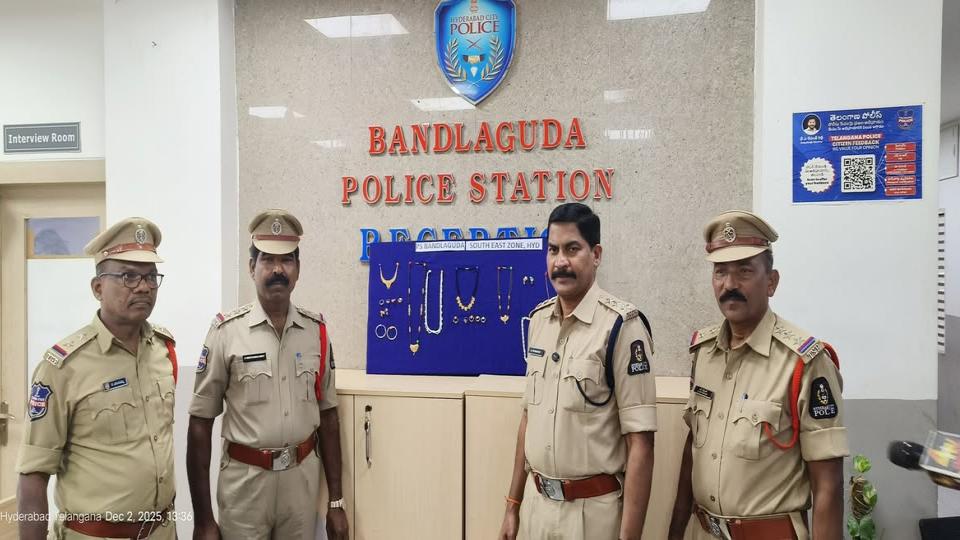
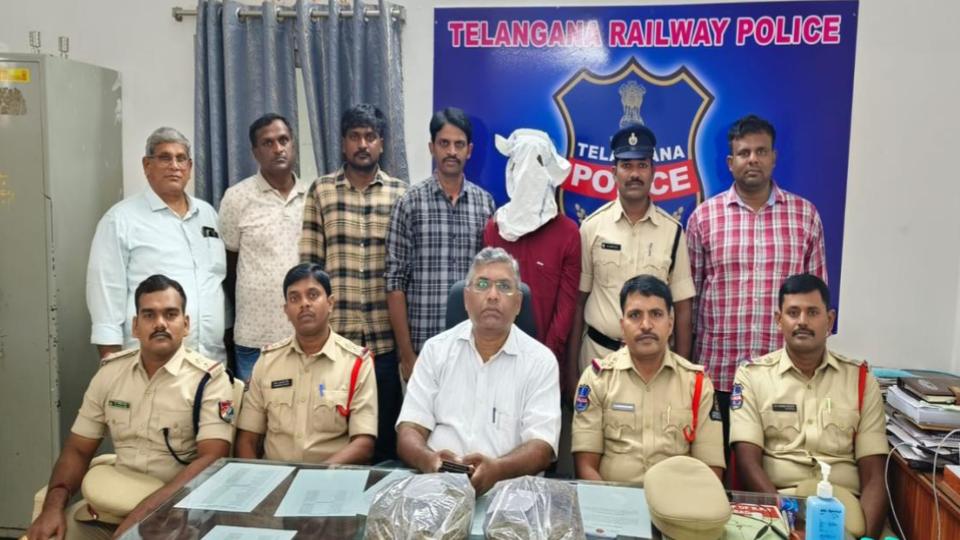


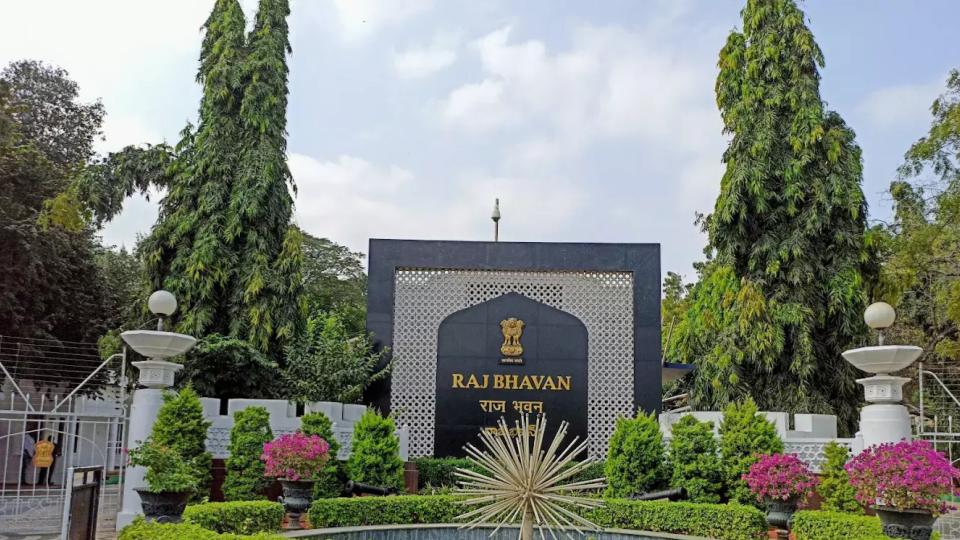
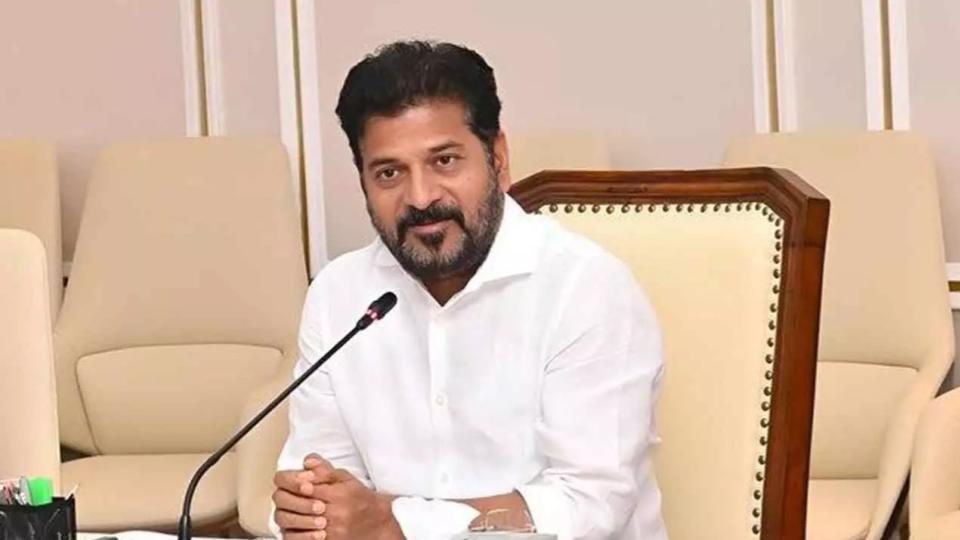













.jpg)
.jpg)
.jpg)


